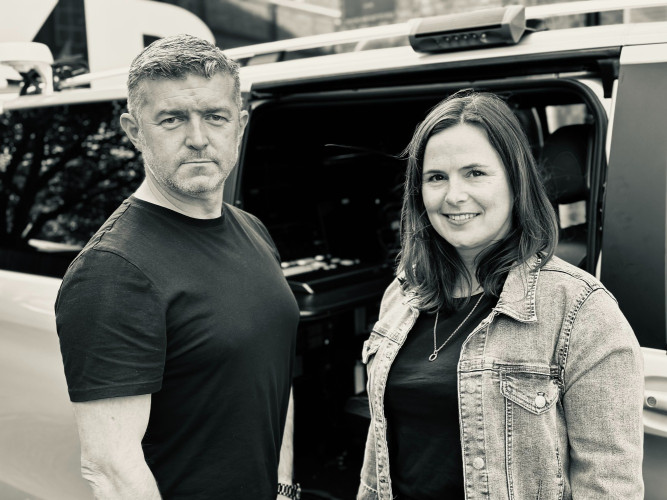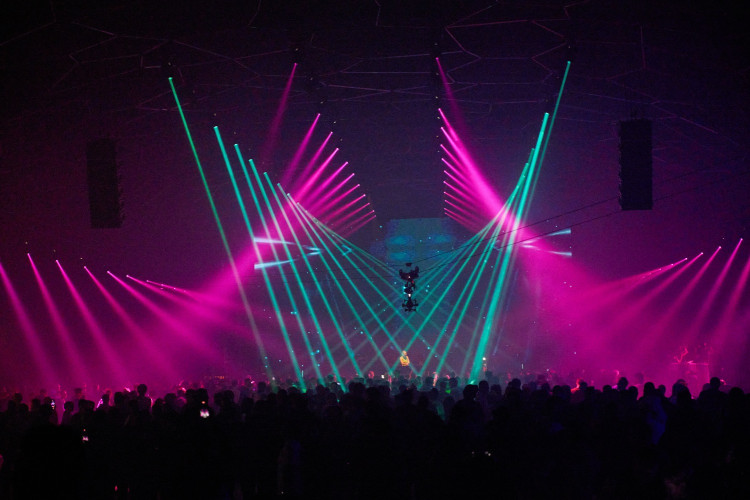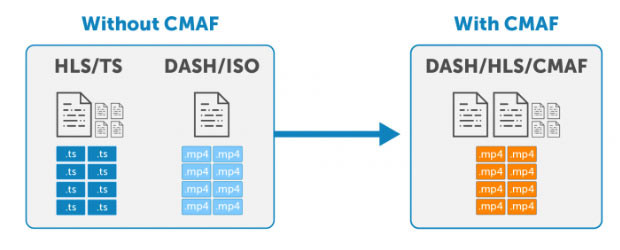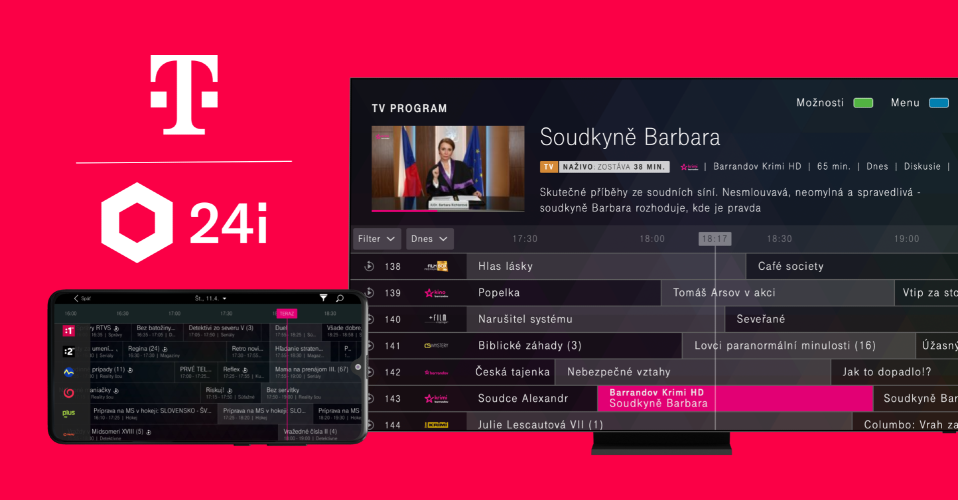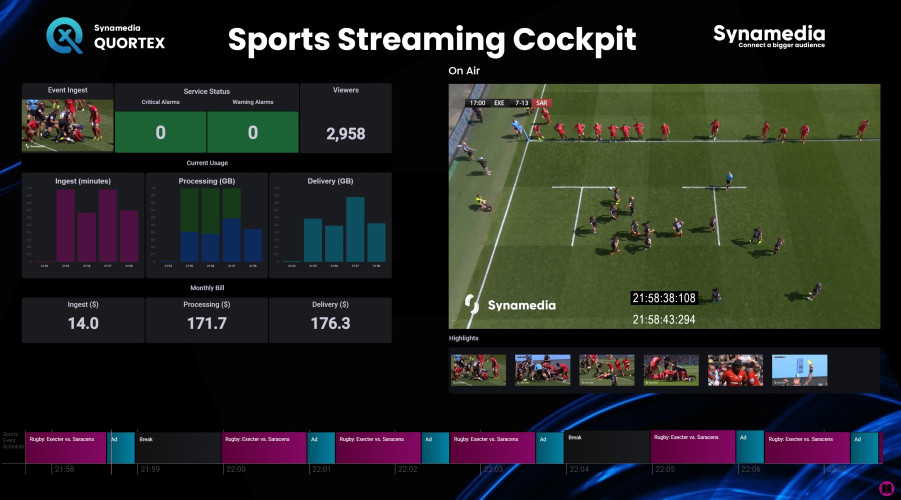A live video streaming advocate

Author: Bob Pank#
Published 1st July 2012
As you may or may not know, I’m a bit of a live video streaming advocate. I love the idea of being able to distribute high quality content via the internet, without the need for huge budgets, licensing, and all the hassle involved more conventional means.
I do a lot of live streaming from small venues, and by their very nature is difficult to fit masses amount of live video production kit, i.e. switchers, monitors, pc's and audio kit in the small room allocated to me. With this in mind I wanted to design for myself a small 8u portable production studio. Looked around a various manufactures and kit and then spotted the Blackmagic Design ATEM range of rack mount switchers. There are three in the range, the TV studio, The ATEM 1/me and the ATEM 2/me. These are 1u and 2u units that provide full production switcher functionality.
This particular article is an introduction to what I have put together and the equipment I used, I will go in depth with each of these pieces of kit over the coming months.
Requirements.
I needed this system to be able to meet a number of specific requirements.
1: Small and no more than 8u high
2: Be able to take at least 4 HD/SDI camera inputs
3: Be able to take in a least 2 PC monitor feeds
4: Output HD/SDI
5: Include a High End Rack mount PC for encoding with HD/SDI in
6: If needed be able to run without any external monitors other than what is in the 8u unit
At first this looked impossible, but then as soon as I discovered the Blackmagic TV Studio, fulfilled the switching and input requirements in a 1u rack module, a few things were looking up.
The TVS studio is great in that, it can take in both HD/SDI and HDMI inputs and this covered my Camera and PC input requirements, it also gave me both multiple program outputs on both HD/SDI and HDMI. The beauty of all the ATEM switchers is that by simply plugging them into an Ethernet network you can control the switching from a pc/mac laptop, thus negating the need for a large switcher control surface. Of course you could purchase a very nice hardware control surface for the ATEM system from Blackmagic if you wish. For me the ability to just turn up with a laptop and this rack and not need a large controller was ideal.
I paired the ATEM system with a Blackmagic dual rack mount screen. This gives me two high quality /HDSDI screens on which to display the multi view from the switcher and the other to have the program out, or if needed the display from the inbuilt rack PC. Things were coming together.
Now the ATEM TV Studio is a video switcher only, it does not switch audio. It has a single AES audio input for which to feed your audio signal. Most of my audio would be coming from an analogue desk with a simple stereo feed on balanced XLR. I needed to convert this to AES, I also wanted control over the delay on the audio to help with lip-sync, and ideally some dynamic processing. It just so happens that the Behringer Ultracurve DEQ2496 1u audio processor is the perfect partner to the ATEM system. On a basic level it will give me stereo analogue or digital in and convert to an AES signal which can go straight into the switcher. It also gives me great monitoring and control over compression, limiting, EQ and of course delay of the audio signal. This was duly installed.
So I had my switcher, my monitors and my audio input sorted. Now for the rack PC. Here was a tricky one. Most rack pc's are either small low powered affairs or massive, long server systems. I wanted a small rack system that would fit in my shallow 8u rack, with a fast i7 processor, very good graphics card, 2x SSD Hard Drives (this system is moving about, you don't any spinning disks) and of course a PCIe slot for a Blackmagic Decklink HD/SDI card. This was harder than it looks. No one makes them. I approached Scan Computers who took the bull by the horns, and went searching for the components to build one. A week or so later they had sourced suppliers for the parts. It was tricky, there was only one case manufacture who could supply a small enough 1.5u high case for this depth of rack as well as cater for a Decklink PCIe card. Scan did a great job. The unit is very fast and the graphics card gives me a multiple of outputs from VGA to HDMI and display port out. It fits perfectly in the rack.
Next I added a Blackmagic Design Hyperdeck Studio for recording and I happen to have a Blackmagic broadcast convertor lying around and it made sense to fit this as well. It’s an great piece of "get you out of trouble\" kit, being able to act as an audio embedder/de-embedder hdmi-hd/sdi and back convertor. I used an SKB 8u case, nice and robust and you can mount your kit on the back and front of the unit. Once all mounted, it became clear that I needed to include a small Ethernet switch and a small USB hub in the rack. Along with the BMD TV studio much of the other kit is controlled by Ethernet and the TV Studio has a USB 2 output that streams h.264 encoded program out direct into a PC for recording if you wish. At this point I considered the hassle of trying to connect cameras, PC's, monitors and audio feeds to the ports on the back of the various units. The system needed to be flexible and the configuration could change from job to job. I did not fancy having to delve about in the case trying to find the correct sockets for cables and this would inevitably lead to bad connections. I decided to present the connections on the back of the case using Neutrik passthrough connectors.
I am not a great solderer so passthrough connectors allow you to use short cables inside the rack and connect them to the back of the Neutrik connectors without soldering wires. I have just about got everything presented on the back. All the BNC connectors, HDMI, XLR, USB, VGA/ Ethernet, and even optical Toslink are presented on the back. This means all the connections inside the unit are not disturbed.
I forgot to mention power. If I was to use the brick 12v blocks for all this kit, it would not fit in the rack. One advantage of all the BMD kit is it uses exactly the same voltage/amps. All I needed to find was a PSU that supplied the correct voltage and amps to power all the kit. This I found and installed. A simple IEC mains filter/ splitter was also installed to feed the PS and the new PSU and this wired to the back on a single locale Neutrik power connector. Gaps in the case were filled with punched out metal blacking plates to allow air to flow and the job was complete.
I was concerned at first that the unit would get too hot, and there would not be a enough airflow, but this proved not to be a problem. I have had the whole system running for days in a hot room and so far not a single problem.
Next issue I will go in to more detail on the each of the pieces of kit installed and how it has been configured.
If you have questions make sure you follow me on twitter @jpratchett I will be tweeting about my use of this system and other equipment I use regularly.



